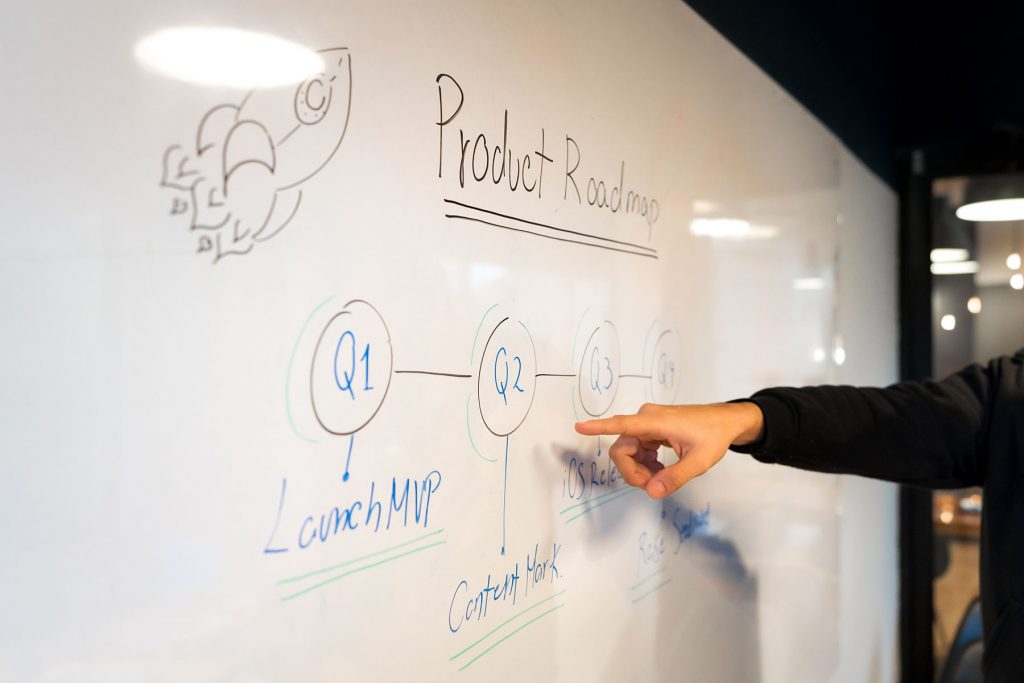Scrum is part of the Agile movement. Agile is a response to the failure of the dominant software development project management paradigms (including waterfall) and borrows many principles from lean manufacturing.

Scrum was first defined as “a flexible, holistic product development strategy where a development team works as a unit to reach a common goal” as opposed to a “traditional, sequential approach”.
A key principle of scrum is its recognition that during a project the customers can change their minds about what they want and need (often called “requirements churn”), and that unpredicted challenges cannot be easily addressed in a traditional predictive or planned manner. As such, scrum adopts an empirical approach — accepting that the problem cannot be fully understood or defined, focusing instead on maximizing the team’s ability to deliver quickly and respond to emerging requirements.
The Scrum framework in 30 seconds
- A product owner creates a prioritized wish list called a product backlog.
- During sprint planning, the team pulls a small chunk from the top of that wish list, a sprint backlog, and decides how to implement those pieces.
- The team has a certain amount of time — a sprint (usually two to four weeks) — to complete its work, but it meets each day to assess its progress (daily Scrum).
- Along the way, the ScrumMaster keeps the team focused on its goal.
- At the end of the sprint, the work should be potentially shippable: ready to hand to a customer, put on a store shelf, or show to a stakeholder.
- The sprint ends with a sprint review and retrospective.
- As the next sprint begins, the team chooses another chunk of the product backlog and begins working again.
Want to pass the Certified Scrum Master Exam (CSM)? Practice as often as you want with our realistic scrum master practice test.



